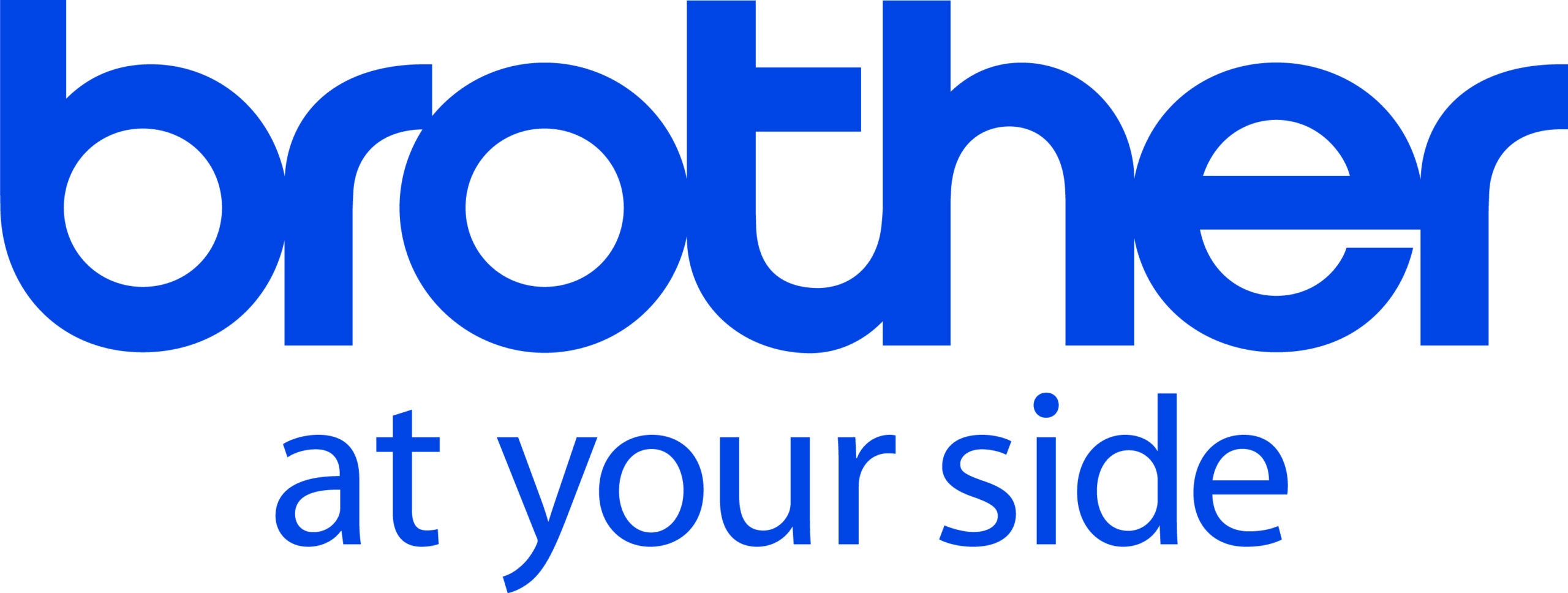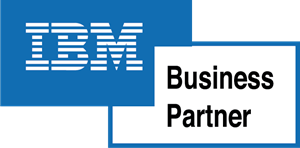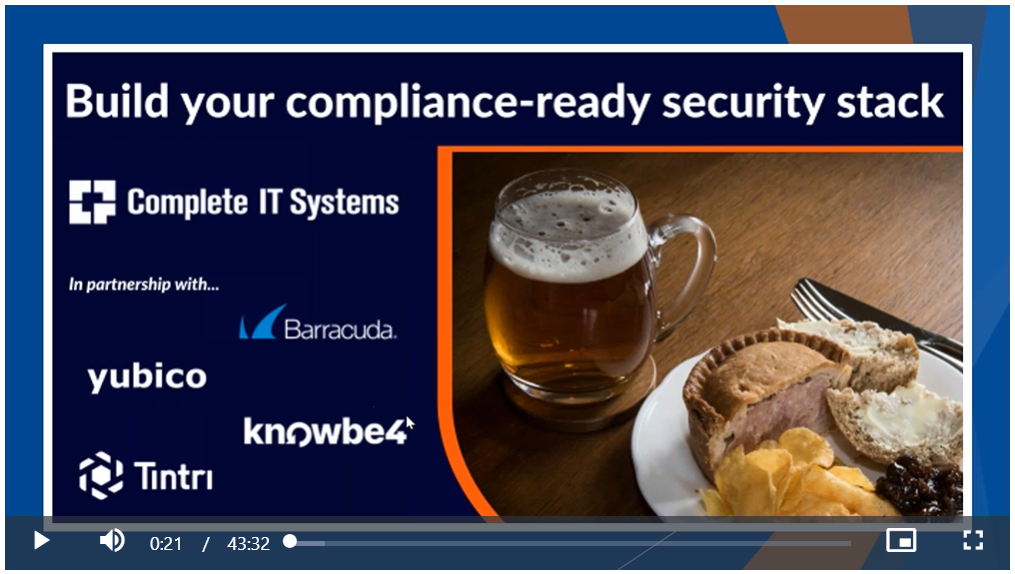Following a year no one could have anticipated, many businesses are operating in a vastly different environment to the one they faced little over 12 months ago.
While this period has seen enormous digital transformation, as the pace of change begins to relent, now is the time for IT managers and decision makers to reflect on the technologies they have in place and turn their focus to the future to ensure it is enabling them to operate agilely, safely and flexibly.
We spoke to Sara Diggle, Head of SMB print business unit at Brother UK about how the right print solution can enhance business resilience in any environment and what businesses should be looking for.

With more and more employees adopting hybrid working practices, it’s vital that any print solution is optimised to perform in every environment. Ensuring employees can continue working effectively and efficiently from anywhere keeps productivity levels high and simplifies working practices, helping businesses to remain agile and able to cope with whatever challenges they face.
Supporting business resilience
Here are five key things that your print solution should be providing if it’s designed to support business resilience:
1. Comprehensive device options
Any print solution that is truly going to deliver for every environment needs to offer a comprehensive range of device options that are designed to support the employee whether they are working from home, office, a co-working space or a blend of all three.
Brother’s industry-leading devices range from scalable, robust SMB laser printers for the office to compact multifunction desktop devices for the home, enabling reliable, simple and secure printing and scanning everywhere.
2. Remote support
With a seemingly ever-expanding network of devices and locations, managing technical issues and providing support is becoming increasingly challenging for IT managers and their teams.
Solutions such as Brother’s remote panel, give service providers the means of quickly diagnosing and solving printer problems without the need to send out an engineer, easing pressures on the team and ensuring minimal disruption to employees.
3. Managed print service (MPS)
Implementing an MPS is one of the most impactful ways IT teams can transform how they manage their print network.
Managed print services can easily be rolled out across a business’s network of offices, as well as among home workers, while still allowing full oversight by IT managers. Not only does an MPS enable easy remote management, it also improves reliability of the network and productivity of employees by ensuring every office and employee has an up-to-date device with the latest software and can reduce costs and downtime with the automated delivery of toner and ink cartridges.
4. Enhanced security
A security breach compromises a business and often halts all activity, putting it in a potentially precarious position. According to research from Quocirca in 2019, more than one in ten of all security incidents that affected a business involved a printer, 59 per cent of which resulted in data being lost.
The number of entry points hackers can use to access company networks has grown exponentially and home printing can increase network vulnerability. Businesses need a print solution that proactively tackles these security blind spots at home and the office.
Remote management can help ensure home devices remain up to date with the latest software reducing risk, while solutions such as Brother’s Secure Print+ can protect devices in the office, with access to devices and the network limited to the authenticated user.
5. Touch free printing
Employee safety in the office is an ongoing concern and while the focus for many will be social distancing through one-way systems and re-worked seating plans, the shared usage of office technology will also present a challenge.
Decentralising print and the balanced deployment of machines will help reduce the need for users to move around the office to retrieve documents and limit the number of people congregating at devices. Additionally, to ensure people don’t need to physically engage with a device, solutions such as Brother’s Secure Print+ enables touch-free printing, using card-based authentication.
Find out more
Get in touch to find out how Brother solutions can help you improve your business’s resilience.












